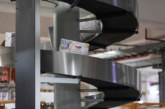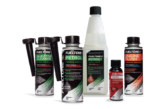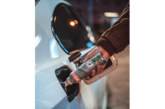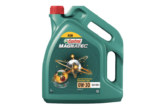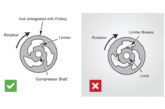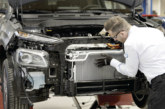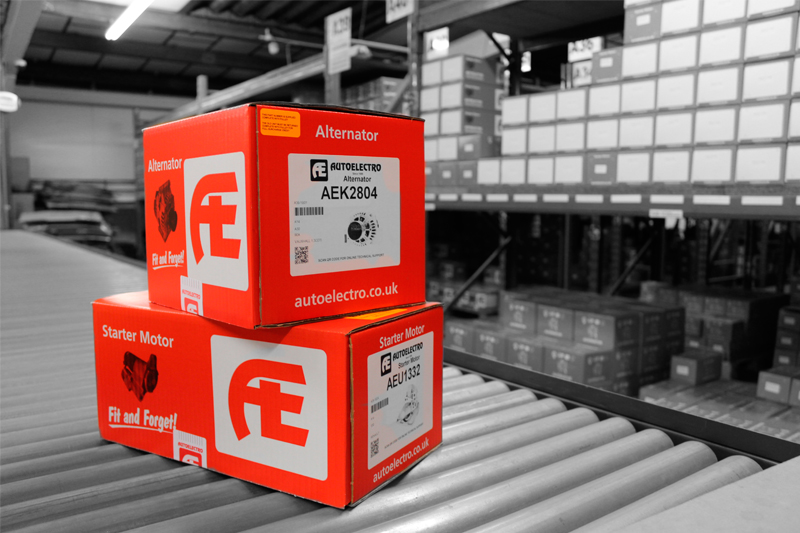
For more than 30 years, Autoelectro has been a proud advocate of remanufacturing. The supplier of starter motors and alternators has spearheaded a campaign to protect the integrity of remanufacturing and celebrate its practice.
A degree of confusion still surrounds remanufacturing, and there are issues that have hampered its reputation – some new and a few that date back many years – including a simple definition of remanufacturing and how it differentiates from other product types:
- New: A component manufactured or assembled using no pre-used parts
- Reconditioned: A component returned to good condition by cleaning, patching or repairing
- Used: Subject to previous use. No repairs or correcting of any problems that the product may have sustained
- Repaired: Sufficient work carried out to make the component operational again
- Remanufactured: The return of a used product to at least its original performance, with a warranty that is equivalent or better than that of the original product when it was new
Facts and figures
Generally, the public are not well-informed of the difference between remanufactured and reconditioned – in fact, the two terms are regularly interchanged and muddled; however, despite the lack of public perception, the remanufacturing industry in the UK employs more than 50,000 people, contributes approximately £2.4 billion to GDP and, according to a report published by the All-Party Parliamentary Sustainable Resource Group in 2014, has the potential to increase to £5.6 billion.
Additionally, published in the same report, remanufacturing recovers 270,000 tonnes of materials – saving an equivalent of 0.5% of total UK carbon emissions compared to manufacturing the equivalent new products.
Typically, the remanufacturing process can be split into several steps:
- Disassembling
- Inspecting
- Sorting
- Cleaning
- Reprocessing
- Reassembling
- Checking and testing
30 years on
Autoelectro’s remanufacturing facilities allow its team of experts to assemble its products often with original design flaws ironed out. Its formula of re-engineering units from old ‘core’ is a cost-effective and environmentally-friendly option.
Due to the constant evolution of vehicle technology, determined by the likes of emission regulations, demand for better fuel consumption and more ‘gadgets’ fitted to a vehicle, Autoelectro has kept pace by investing heavily to stay ahead of the curve by updating the design and operation of its remanufactured starter motors and alternators.
For example, start-stop technology is prevalent in modern-day vehicles; therefore, the company has improved the design of starter motors where an original fault existed to ensure durability, as they are required to engage thousands of times during their life cycle.
The need to invest has resulted in a reduction in the number of remanufacturing companies; however, Autoelectro continues to handle the ever- increasing number of variants, which have grown significantly over 30 years. The company now stocks more than 4,000 individual references that will fit more than 30,000 vehicle applications, including BMW, Mercedes-Benz, Jaguar, Porsche, Volkswagen, Ford, Seat, Toyota, Nissan, Mazda, Citroën, Honda and Hyundai.
The challenges
Another major threat to the UK remanufacturing industry, like the uncertainty between remanufactured and reconditioned products, is the spread and influence of cheaper quality, copy components.
Coming from countries such as China, India and Eastern Europe, the industry faces genuine danger – and has done for many years – from parts that are, typically, built to a price and are inferior copies of their original counterparts.
Autoelectro Managing Director, Tony Bhogal, said: “We are the ‘go-to’ supplier; however, we are constantly competing against the cheaper, poorer quality units. The problem is that these particular units are manufactured to an inferior standard, which is highlighted by the fact that they cannot be remanufactured when they are returned as old core; original design faults are overlooked, and additional problems may arise due to cost savings, such as weak castings.
“We need support from workshops and motor factors, in particular, as, while they are entitled and correct to manage their profit margins, the evolution in vehicle technology and the challenges technicians face in diagnosing and resolving issues, means they should be selling and fitting the best products possible – not bow down to price.”
Misdiagnosis is another hazard. Education is crucial to keeping technicians up-to-date with the latest and best practices, as well as avoid unnecessary warranty claims.
Autoelectro, therefore, encourages technicians to subscribe to its website, which is updated regularly and contains more than 500 bulletins. These articles include fitting guides and technical tips for many different applications. In addition, the company provides a live chat facility, which is open 24 hours-a-day and means that technicians can speak to an industry expert, who will help answer their questions.

